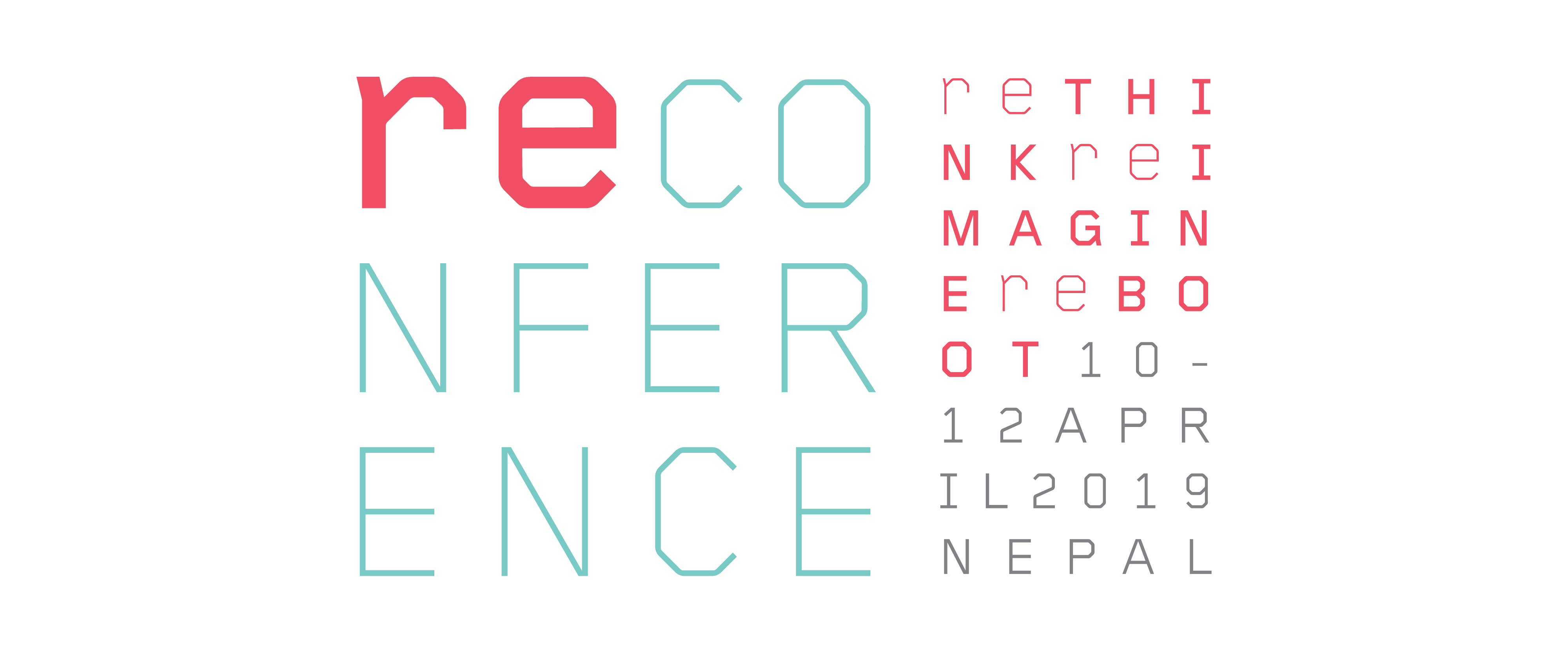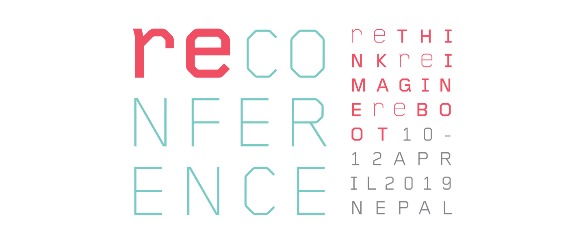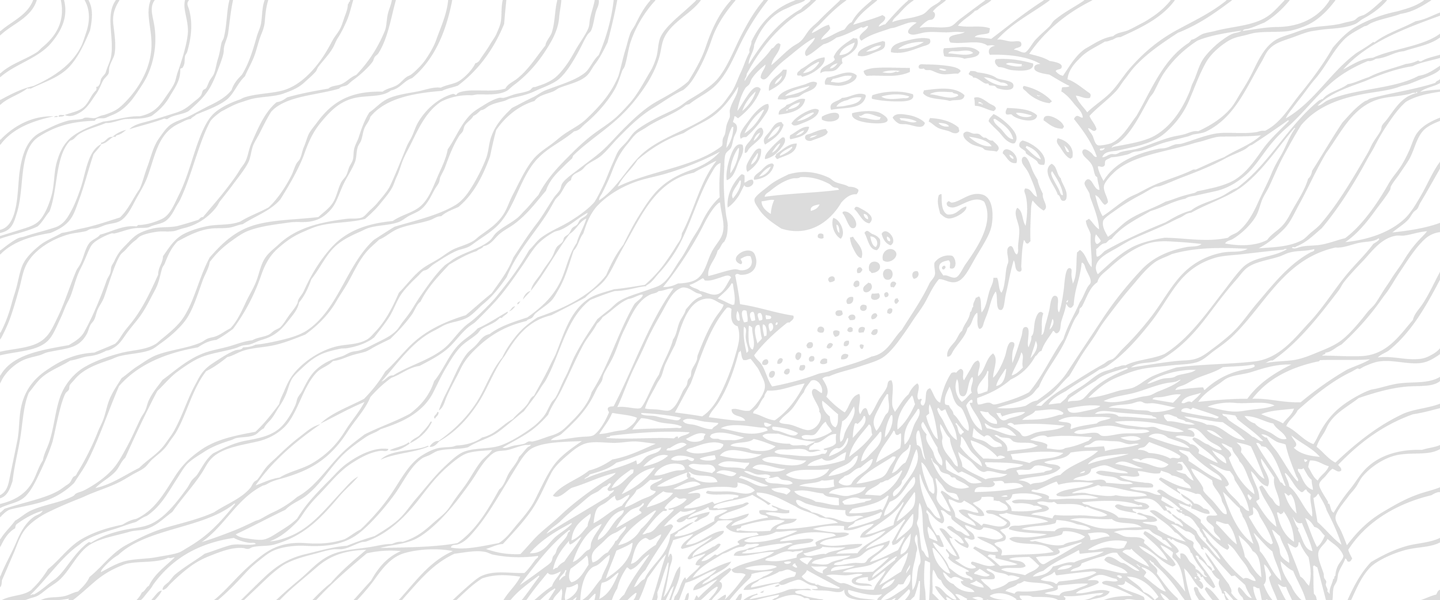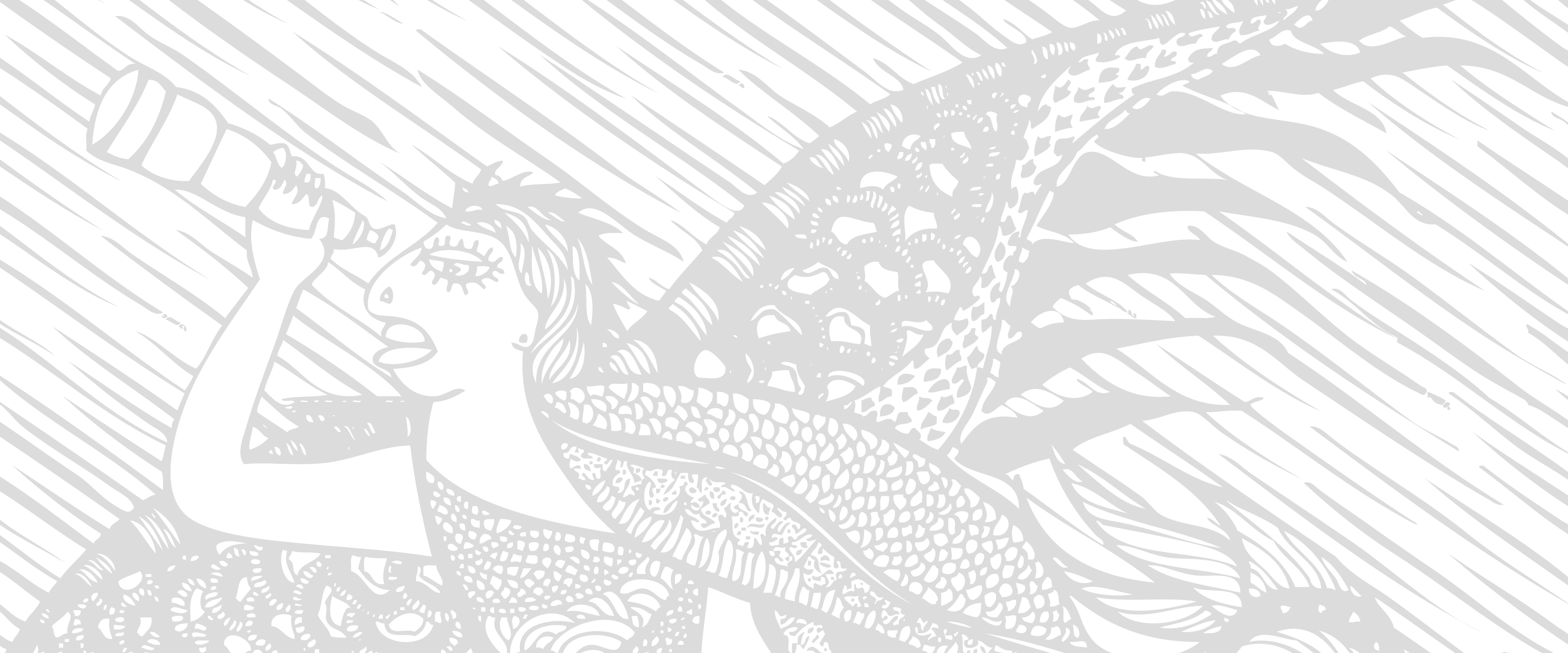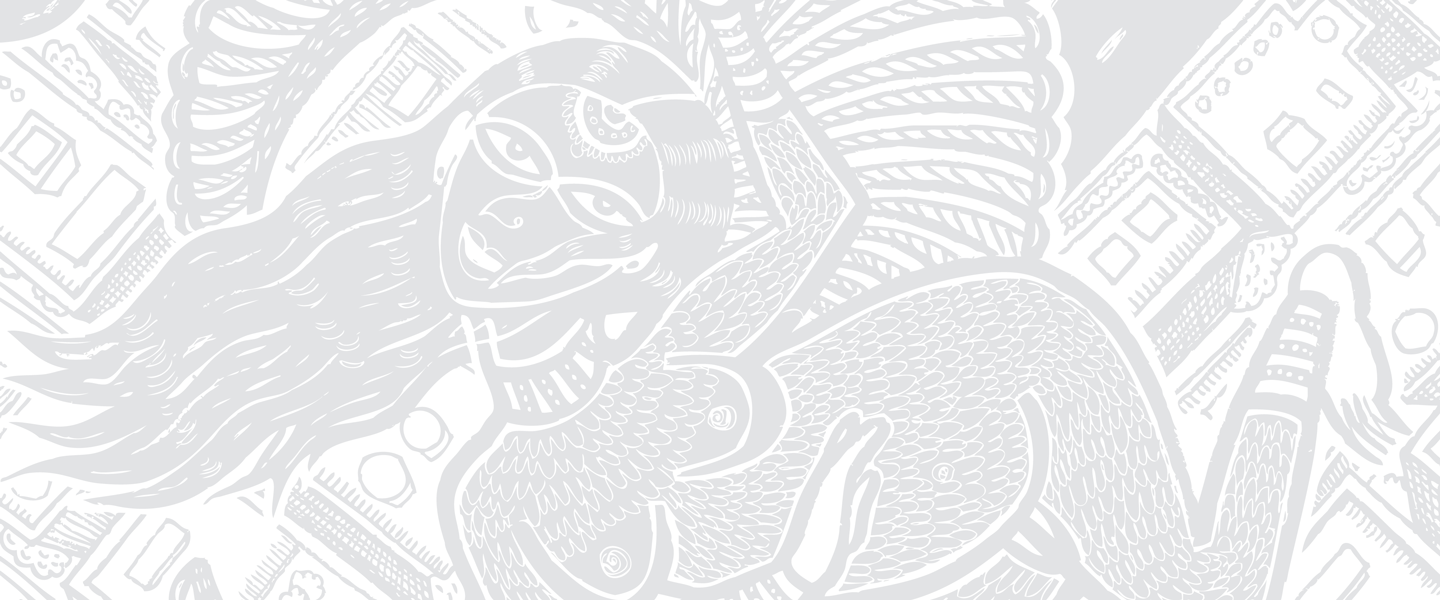pleasure & danger
This track will explore the deeply contested concepts of pleasure and danger that are often imposed on individuals – to include some, exclude others and ultimately to take away individual agency.
At reconference we will:
rethink pleasure (seen through the lens of sexuality), danger (as a right to take risks to seek pleasure) and who is excluded when we talk about both.
reimagine social norms and popular culture that push for contradictory definitions of pleasure and danger, and place them in juxtaposition.
reboot the idea of pleasure and danger as being a binary, and redefine them through the lenses of agency and autonomy.
Pleasure and danger are determined by sociocultural, economic and political factors. For example, marriage or monogamy may be seen as conditions for respectability, but these are also ways to control people who may seek pleasure outside of socially sanctioned structures. Similarly, people with disabilities face stigma and restrictive norms around their sexuality, non-heteronormative desires, mobility, age and access.
We will examine how public space (the imposition of heteronormative values) vs private space (the domestic sphere, including marriage and family) is constructed for women and gender and sexually nonconforming people – the former as ‘dangerous’ and the latter as ‘safer.’
In reality, the boundaries between pleasure and danger are untidy and messy. People can experience them differently or similarly, separately or simultaneously. Pleasure has multiple possibilities that are often formless and infinite, fluid and interconnected.
With this in mind, we will rethink pleasure by putting it at the very center of feminist discussion to highlight women’s experiences with sexual agency. This means rethinking danger as a right to take risks in order to seek pleasure, and challenging the singular notion of danger as harm.
We will reimagine what both pleasure and danger mean – pleasure can be found when taking risks, even those generally considered dangerous – whether it is about embracing one’s identity against social norms, living one’s gender expressions beyond heteronormativity, or simply going out, loitering and claiming space that one is not supposed to be in., We will also reimagine the different expressions and infinite possibilities of pleasure – multiple unspoken, invisible tales, faces, narratives, realities and experiences.
We will reject the idea that pleasure and danger exist as a binary and reboot this conversation. There is pleasure in danger, and danger in pleasure.
This is especially critical in the current environment, where the focus on danger as harm has silenced conversations around pleasure. We will challenge protective and punitive measures that arise from overemphasizing danger as harm. Technology is shaping our understandings of pleasure and danger in familiar and unfamiliar ways; this will be explored.
Ultimately, this track will reboot pleasure as fundamental to our existence, central to the feminist movement, to advocacy and to our social justice strategies.
At reconference we will:
rethink pleasure (seen through the lens of sexuality), danger (as a right to take risks to seek pleasure) and who is excluded when we talk about both.
reimagine social norms and popular culture that push for contradictory definitions of pleasure and danger, and place them in juxtaposition.
reboot the idea of pleasure and danger as being a binary, and redefine them through the lenses of agency and autonomy.
Pleasure and danger are determined by sociocultural, economic and political factors. For example, marriage or monogamy may be seen as conditions for respectability, but these are also ways to control people who may seek pleasure outside of socially sanctioned structures. Similarly, people with disabilities face stigma and restrictive norms around their sexuality, non-heteronormative desires, mobility, age and access.
We will examine how public space (the imposition of heteronormative values) vs private space (the domestic sphere, including marriage and family) is constructed for women and gender and sexually nonconforming people – the former as ‘dangerous’ and the latter as ‘safer.’
In reality, the boundaries between pleasure and danger are untidy and messy. People can experience them differently or similarly, separately or simultaneously. Pleasure has multiple possibilities that are often formless and infinite, fluid and interconnected.
With this in mind, we will rethink pleasure by putting it at the very center of feminist discussion to highlight women’s experiences with sexual agency. This means rethinking danger as a right to take risks in order to seek pleasure, and challenging the singular notion of danger as harm.
We will reimagine what both pleasure and danger mean – pleasure can be found when taking risks, even those generally considered dangerous – whether it is about embracing one’s identity against social norms, living one’s gender expressions beyond heteronormativity, or simply going out, loitering and claiming space that one is not supposed to be in., We will also reimagine the different expressions and infinite possibilities of pleasure – multiple unspoken, invisible tales, faces, narratives, realities and experiences.
We will reject the idea that pleasure and danger exist as a binary and reboot this conversation. There is pleasure in danger, and danger in pleasure.
This is especially critical in the current environment, where the focus on danger as harm has silenced conversations around pleasure. We will challenge protective and punitive measures that arise from overemphasizing danger as harm. Technology is shaping our understandings of pleasure and danger in familiar and unfamiliar ways; this will be explored.
Ultimately, this track will reboot pleasure as fundamental to our existence, central to the feminist movement, to advocacy and to our social justice strategies.
